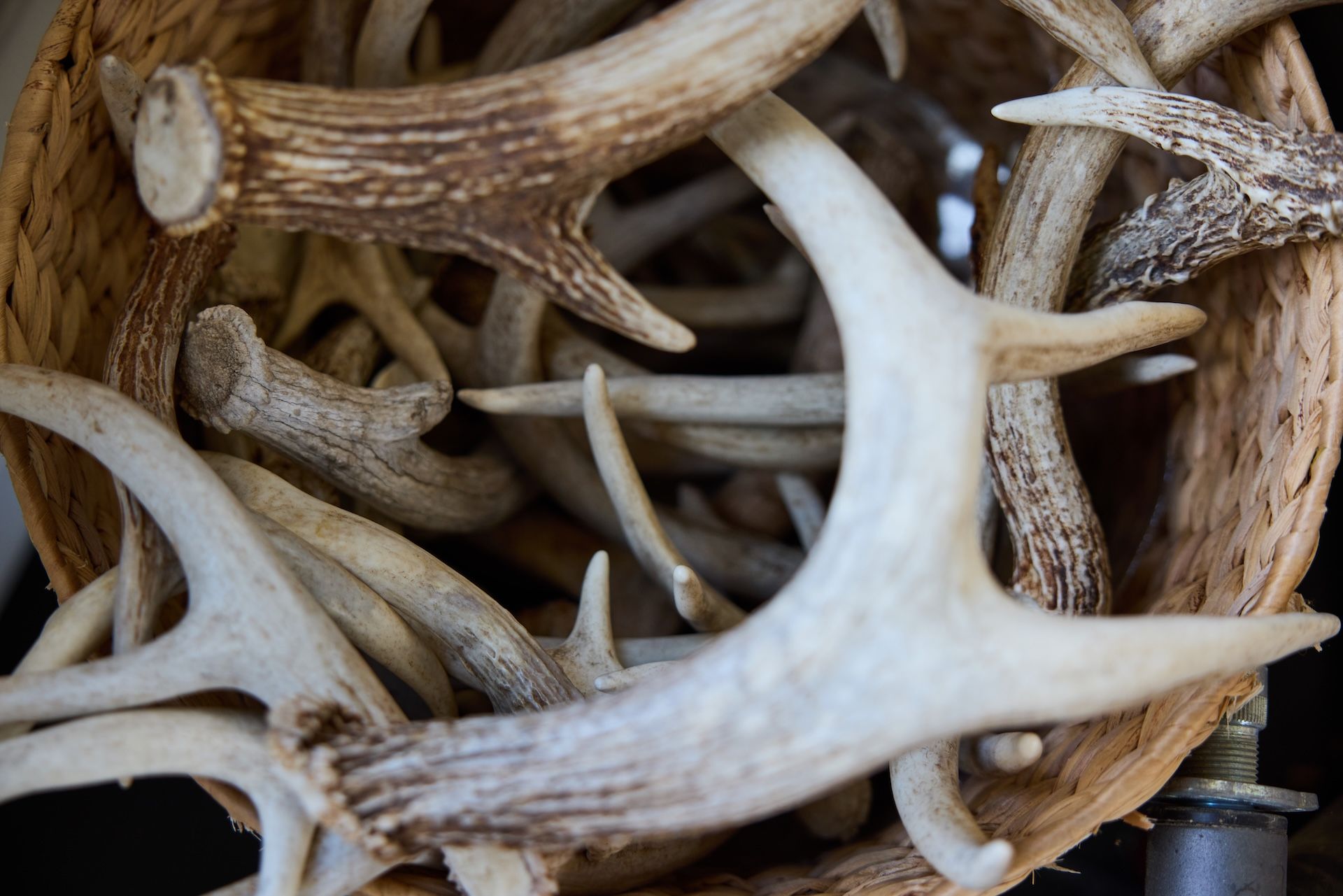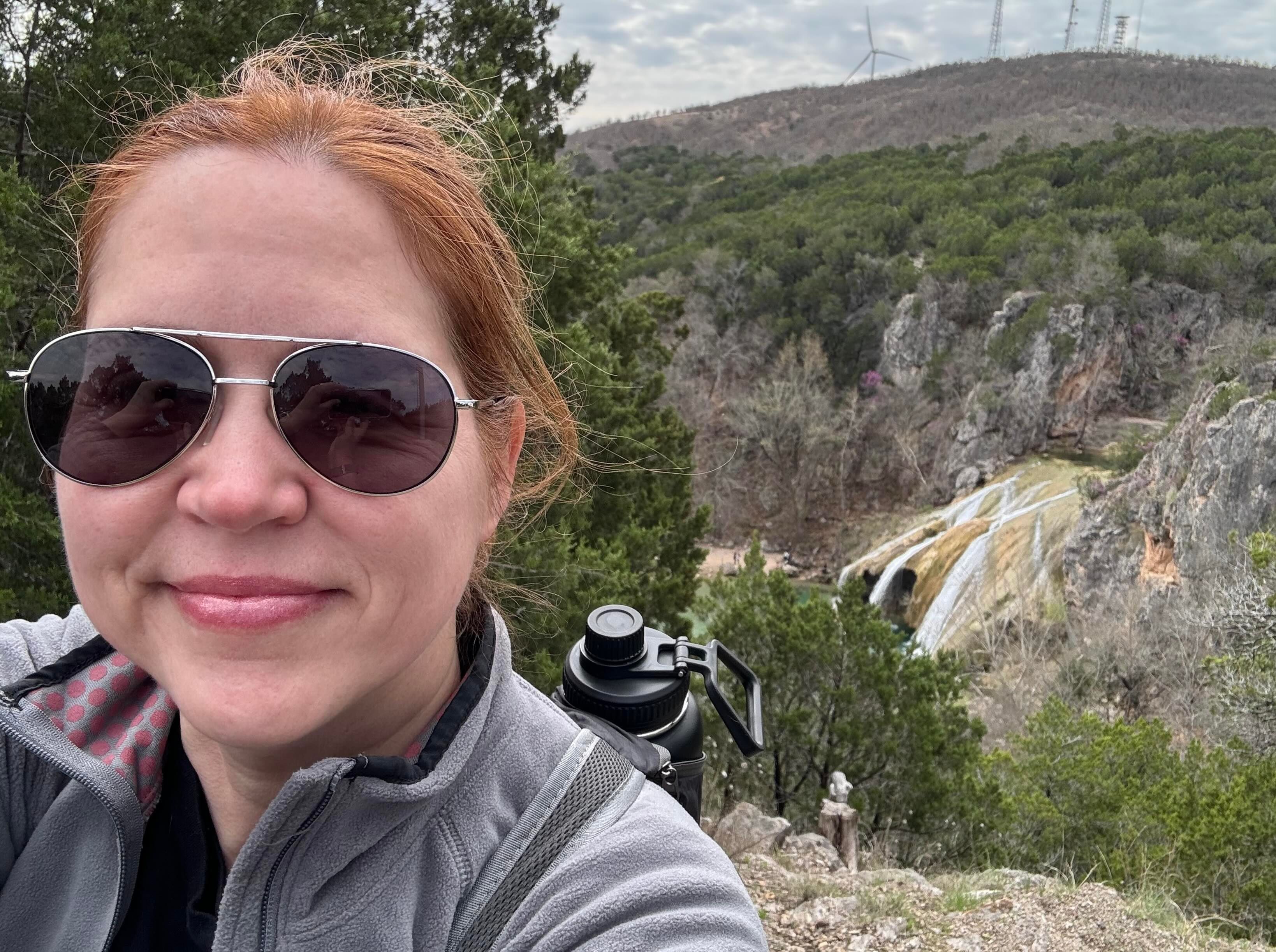While antlers are typically taken during a hunt or while shed hunting, some hunters and non-hunters are willing to pay for a decent set of antlers, meaning there is some value in the market. While you won't be retiring from selling a set of deer antlers, factors such as size, condition, and symmetry can fetch a slightly higher price.
Whether you've stumbled upon a shed while hiking, harvested antlers from a successful hunt, or are considering selling an old collection, understanding pricing and market forces can help you determine a higher price and sale position and help answer the ultimate question: "How much are deer antlers worth?"
Today, we'll answer that question by examining critical factors influencing antler prices, exploring different ways to sell them, and offering tips on maximizing earnings.
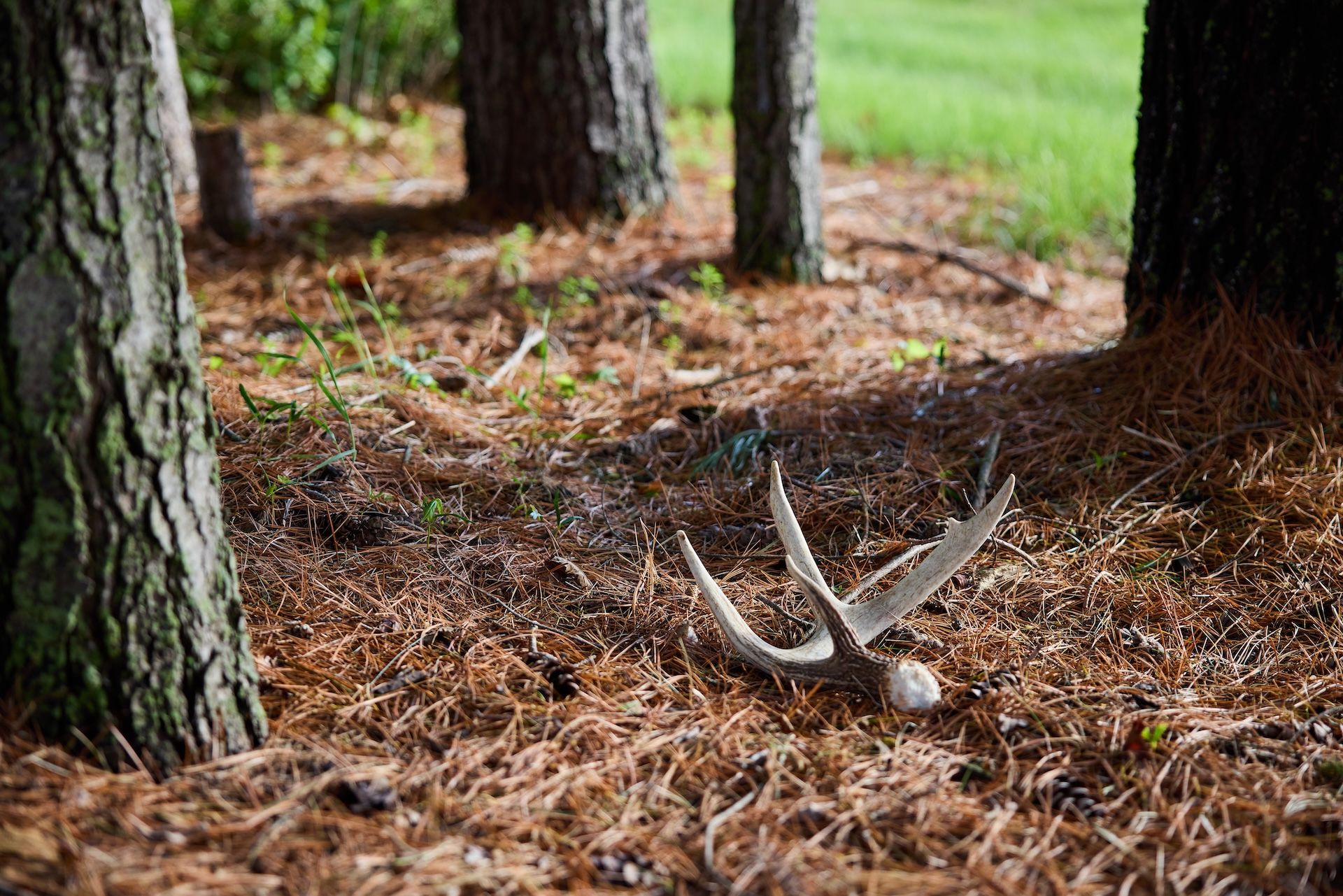
What Makes Deer Antlers Valuable?
The value and variance in the price of deer antlers are influenced and reflected by various factors, including:
- Size
- Condition
- Type
- Market demand at the time of sale.
Larger racks or uniquely shaped ones will fetch higher prices at the market, with trophy-seized antlers being especially valuable to collectors and enthusiasts due to prestige and the limited supply.
The condition of the antlers also plays a significant role, which is often related to the antlers' freshness and the deer's health. Clean brown racks that are intact, symmetrical, and with no cracks or chips are more highly sought after due to their overall appeal.
The type of antler can also impact price as matched sets are generally more valuable than single antlers, and antlers from whitetail deer will usually fetch more than mule deer antlers due to their comparative size.
Finally, market demand is another critical factor, as craftspeople, home decorators, and collectors drive prices up or down based on trends and decorative uses.
How Much Are Deer Antlers Worth?
While pricing depends on the value factors listed above, deer antlers are typically sold by the pound and can be graded on a scale.
Smaller antlers can run anywhere from $5–$20 each, medium-sized sets, $20–$100, and larger trophy antlers or unique racks can sell anywhere from $100–$500 or more.
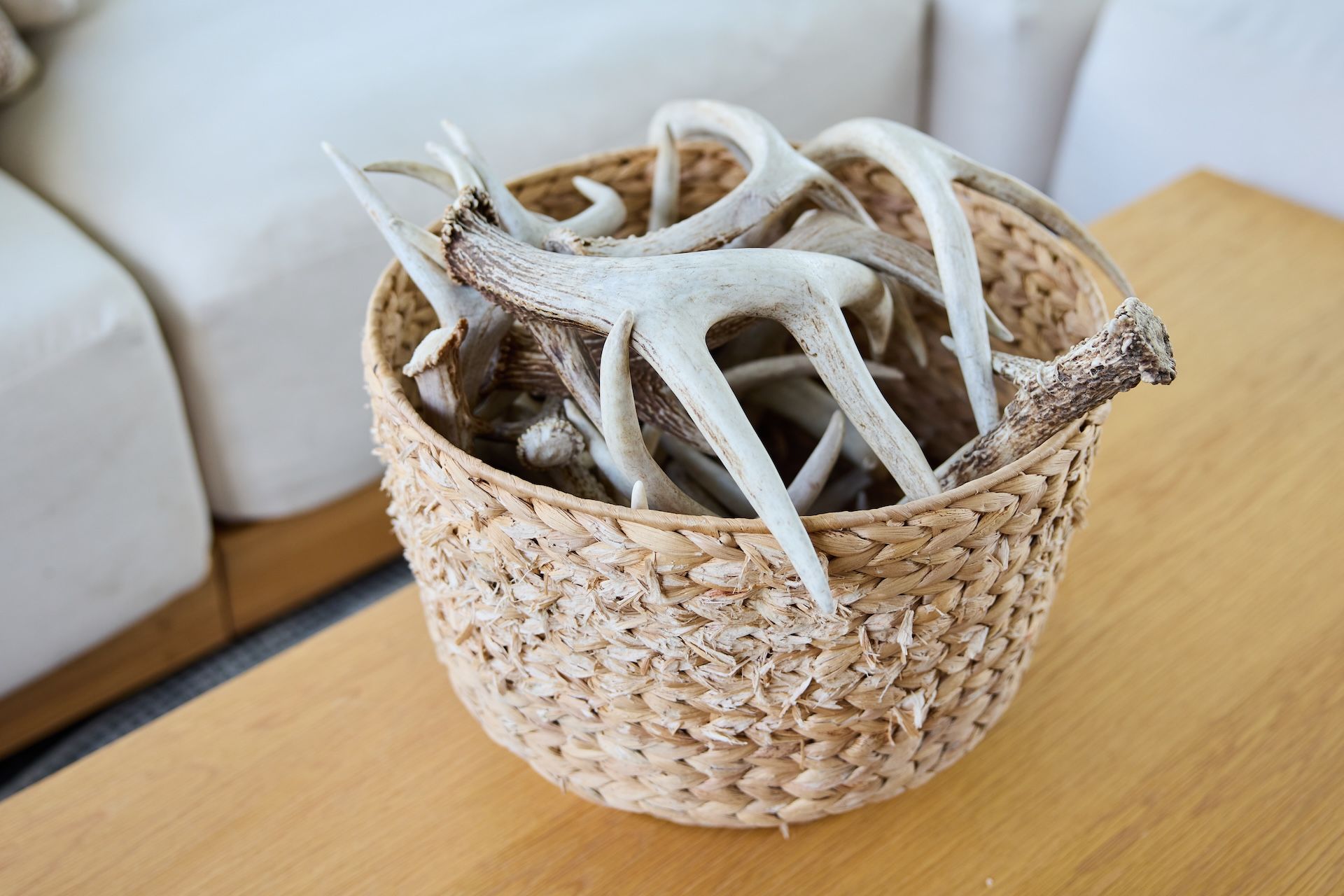
What To Do With Deer Horns (i.e., Antlers)
Knowing what to do with deer horns can help you find where they are most in demand — or use them yourself!
Decor
Deer antlers are the perfect canvas for various functional and decorative purposes, adding an organic and natural feel to your home or space. Many designers will use deer antlers as decorative pieces, incorporating them into a rustic home decor design such as chandeliers, table centerpieces, and the classic wall mount.
Antlers can also be used to design unique furniture such as chairs and lamps or a stunning table centerpiece to add elegance to the home or office. You'll be surprised how well a set of antlers can naturally be incorporated into your home space, whether this is a unique fruit basket, candle holder, or something else.
Crafts
Antlers are also a popular choice for artisan craft products, with experts using them to design a range of functional and aesthetic products, including knife handles, jewelry, sculptures, and even fashion pieces such as buttons. Due to the unique nature of each set of antlers, all pieces are one-of-a-kind.
Deer antlers also serve various practical purposes, such as a dog chew for your hard-working best friend or a set for rattling to help improve your hunting.
Trophies
Finally, antlers are best showcased as a memento from a memorable hunt, either mounted on the wall or integrated into a personal display such as on the bookshelf or framed to create a unique and integrated piece of art.
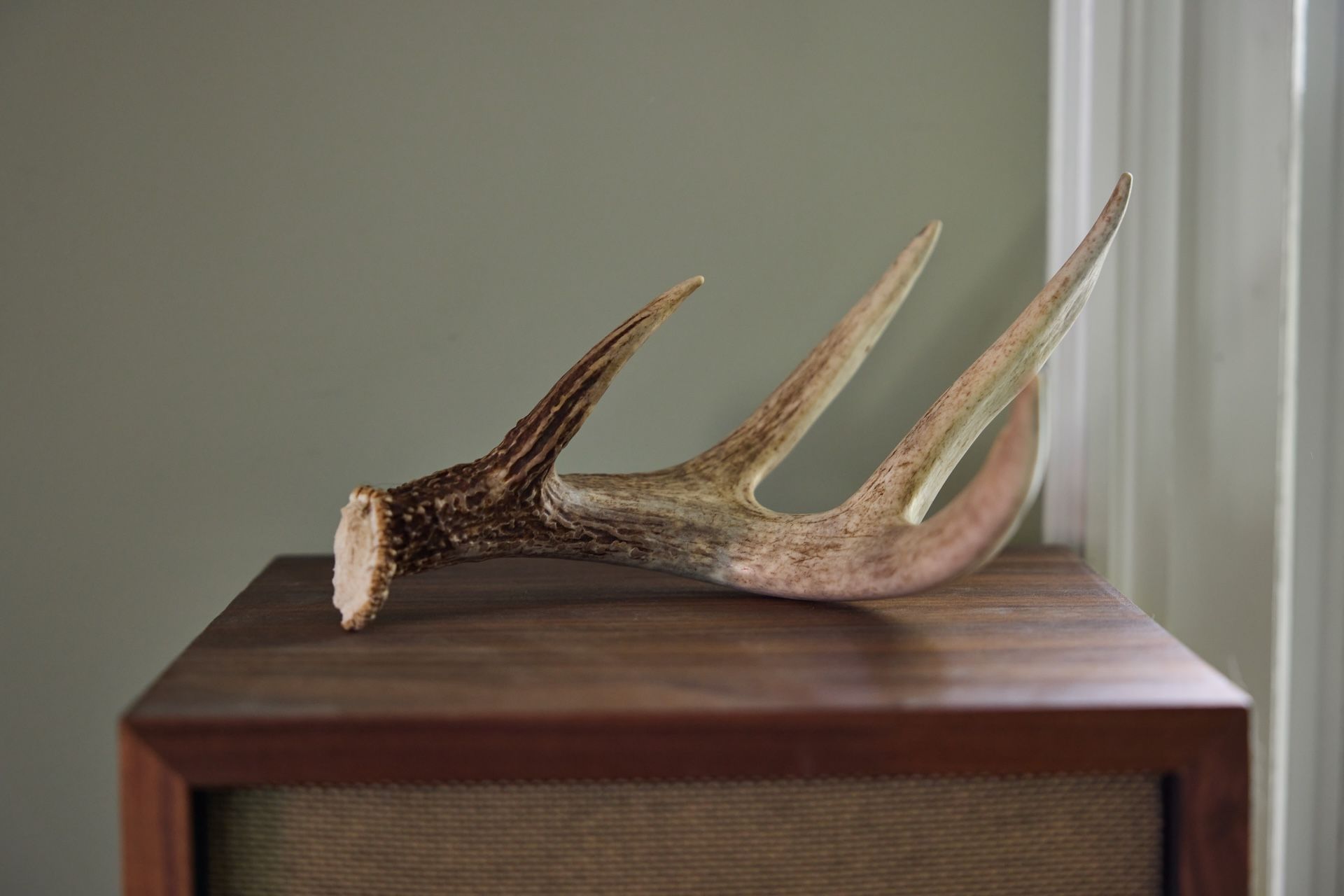
Selling Deer Antlers
If you're considering selling deer antlers, online marketplaces will be your best bet. Sites like eBay, Etsy, and hunting forums provide access to various buyers, including crafters, collectors, and hunters. These sites are user-friendly and make it easy to connect with interested buyers.
Another option is to set up a stall at local craft fairs or explore options at specialty stores where artisans and hobby designers may look for unique materials to design pieces. Connecting directly with these individuals through Facebook groups and online forums, especially those producing decor, dog chews, or other antler products, can help locate a buyer.
Remember that presentation is key when selling, so clean and polish the antlers to help secure a more substantial price point. Examine the antlers and add any unique features in your description, such as size, striking symmetry, coloration, or even the story that matches the antlers. Locate similarly sized antlers to gain a rough pricing estimate, research market trends, and don't be afraid to hold out for a more substantial price if you feel they are worth more.
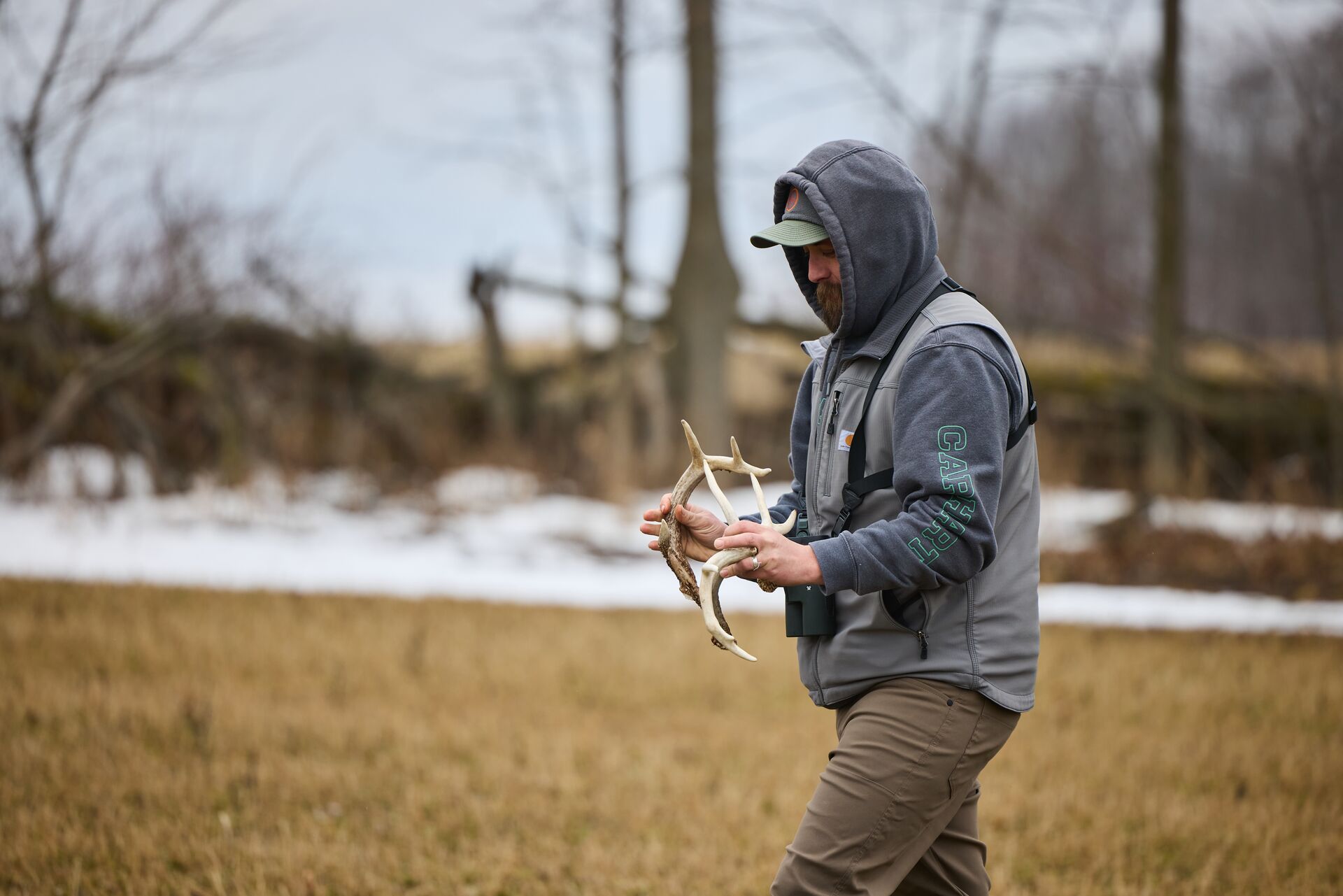
Why Hunters Should Shed Hunt (Beyond Selling Antlers)
While shed hunting can be an elite strategy to gather antlers for craft projects or sell some strong pieces online, shed hunting can also inform and improve your next hunt.
One of the most substantial advantages of a shed hunt is the opportunity to scout deer hunting zones. By spending time in these regions, you can locate and determine bedding areas and travel routes for bucks, providing insights into the deer population. Once located, mark the sites using our HuntWise mapping feature for later reference.
Additionally, this practice allows you to keep your hunting fitness up and stay active in the outdoors, especially when shared as a family activity, serving as a great introduction to hunting for the younger ones in your life.
Finally, while exploring the terrain, you can observe habitat conditions, food sources, and signs of wildlife activity, gaining a deeper understanding of the local ecosystem. This information can help alert local wildlife departments of habitat degradation, illegal practices, and dumping, or to help partake in regional conservation projects.
Tips For Successful Shed Hunting
Like hunting and stalking, shed hunting requires a high level of patience and planning.
First, focus on high-traffic deer areas, such as feeding zones, bedding areas, and well-worn trails. These spots are prime locations where bucks will likely shed their antlers or more deer will pass at a higher frequency. Mark these promising areas on your HuntWise map and head out with binoculars to cover a wider area, allowing you to spot antlers from a distance.
Regarding timing, focus your shed hunt on the later winter to early spring periods. This is when deer shed their antlers, and it will improve your odds of finding antlers in excellent condition that haven't been weathered or chewed.
Finally, take the time to be mindful and appreciate the opportunity to foster a deeper connection with wildlife and nature. Any time spent outdoors will improve your hunting skills and understanding of deer behavior, making your hunt more ethical and meaningful when the season opens.
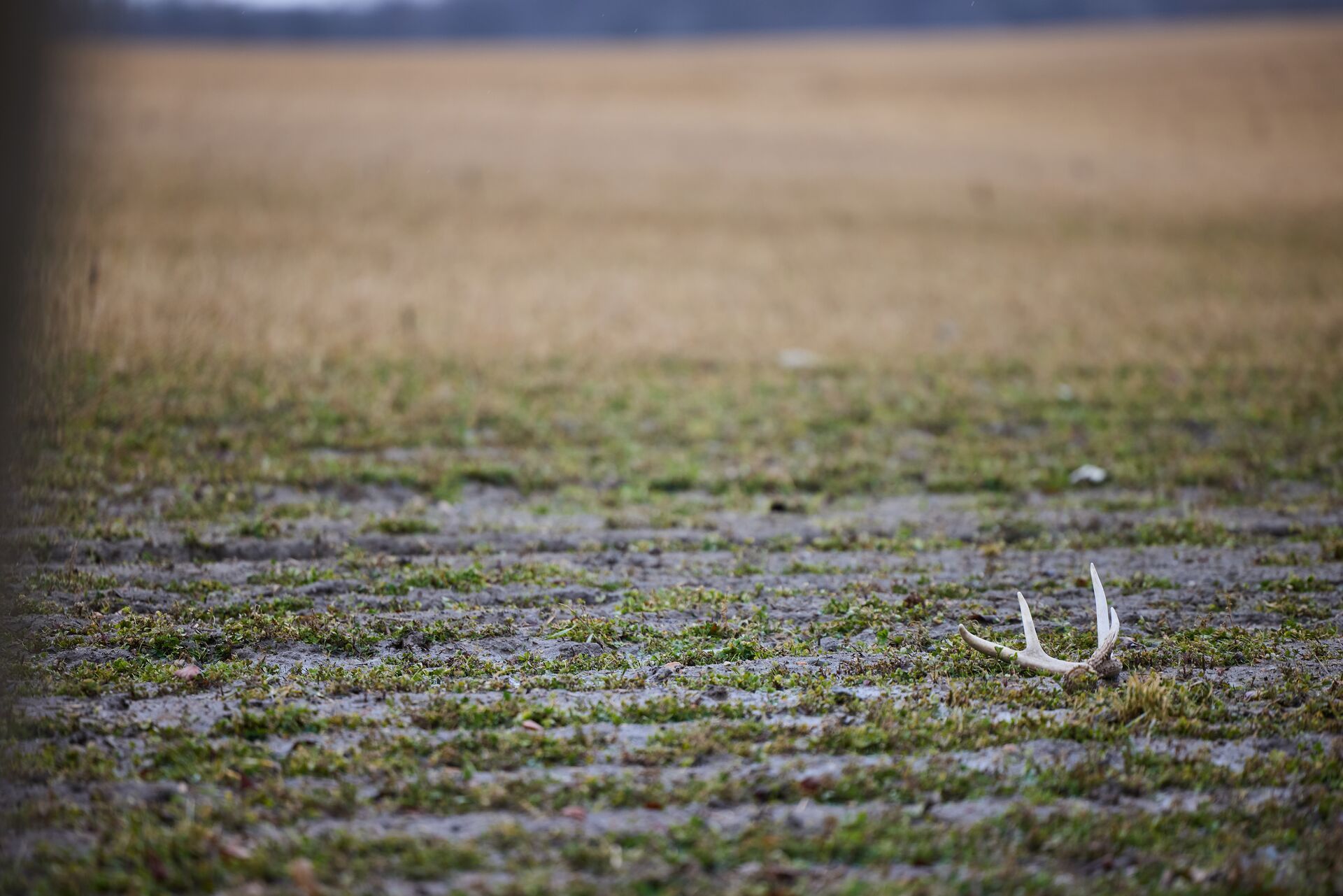
Unlock Better Shed (and Deer) Hunts With HuntWise
Knowing how much are deer antlers worth can be a great way to earn extra cash or as the foundation of an exciting DIY craft project to brighten your home or space. Whether hunting during the deer season or exploring deer regions for shed antlers during the winter, the principles remain the same. Targeting those highly trafficked areas is the key to locating unique and big antlers.
To help you on your next adventure and make your next antler hunt a rewarding and meaningful experience, use HuntWise to map deer trails, identify prime shed hunting areas, track your finds, and much more.
Download HuntWise and try it free for your first week!
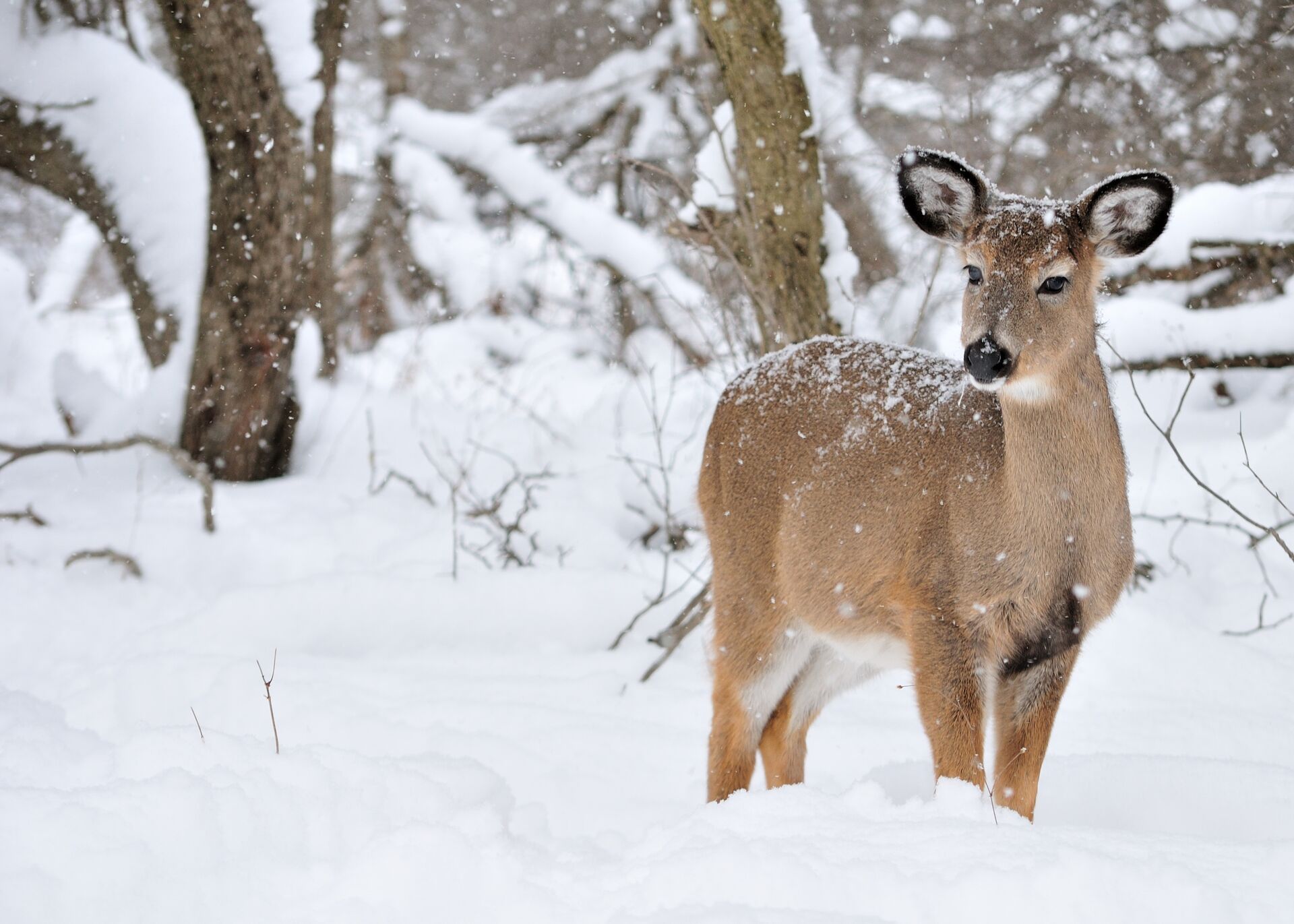
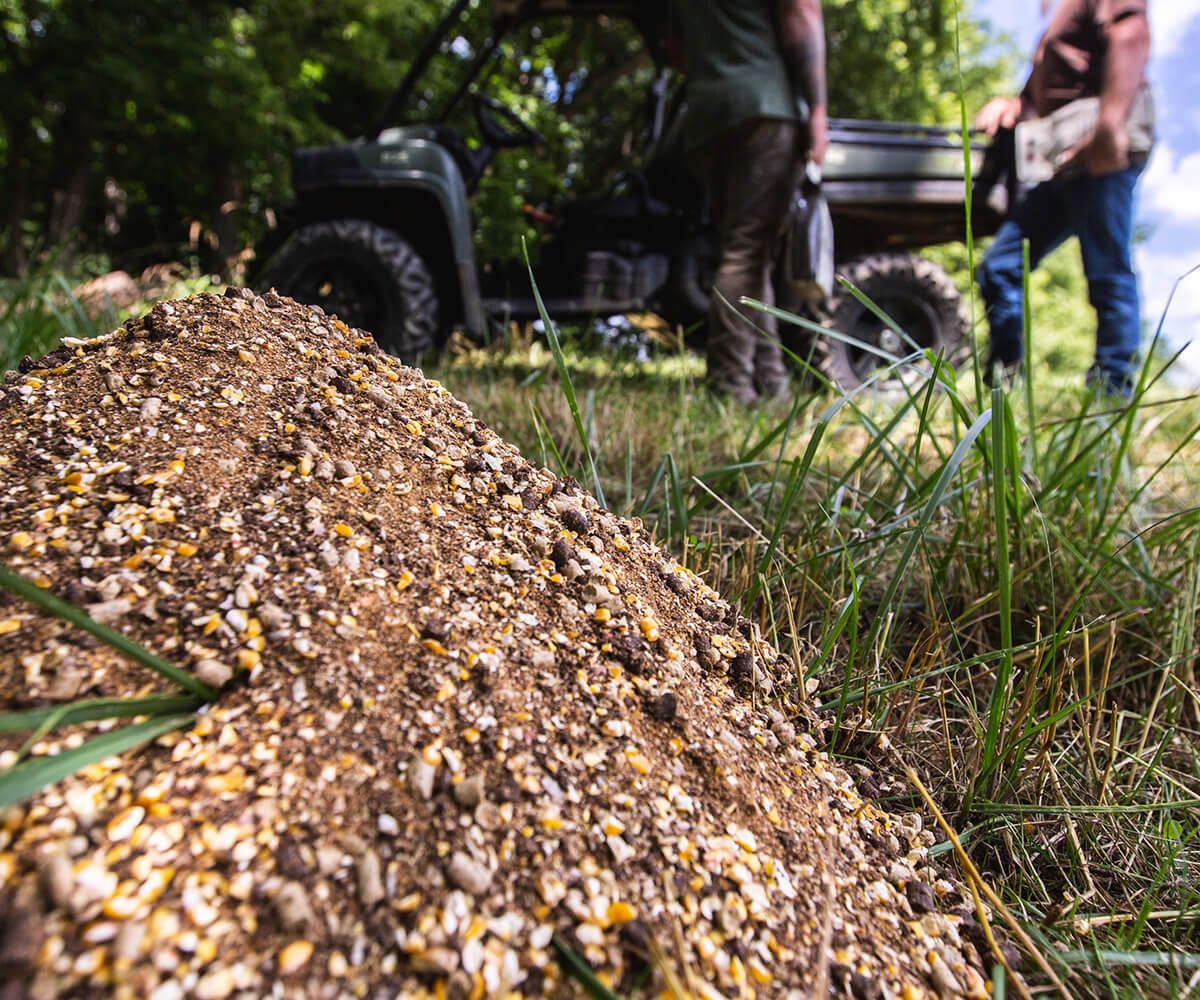
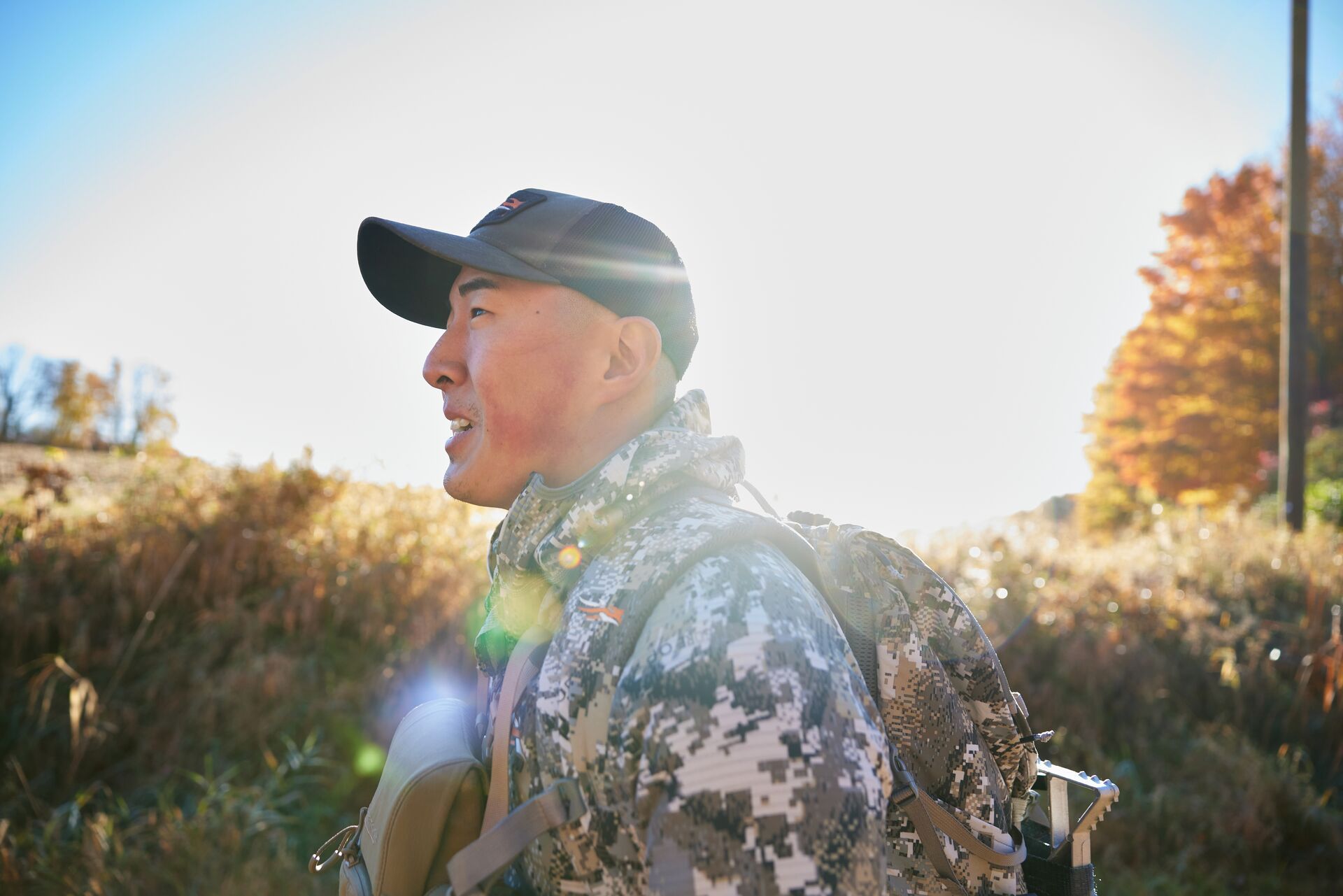
 Deer
Deer Deer
Deer Deer
Deer